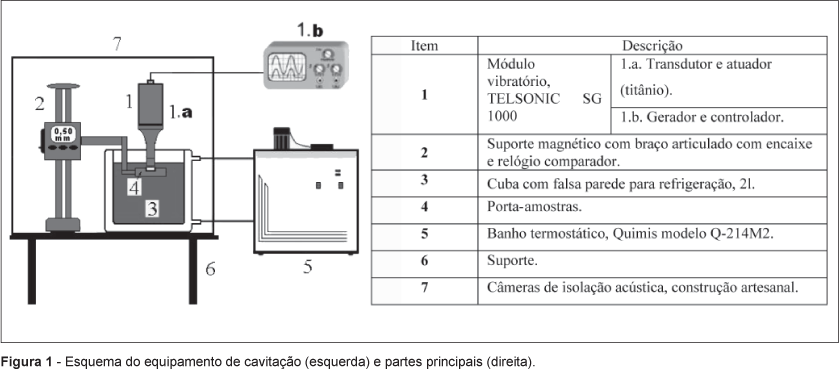Specimens of a UNS S31803 steel were submitted to high temperature gas nitriding and then to vibratory pitting wear tests. Nitrided samples displayed fully austenitic microstructures and 0.9 wt. % nitrogen contents. Prior to pitting tests, sample texture was characterized by electron backscattering diffraction, EBSD. Later on, the samples were tested in a vibratory pit testing equipment using distilled water. Pitting tests were periodically interrupted to evaluate mass loss and to characterize the surface wear by SEM observations. At earlier pit erosion, stages intense and highly heterogeneous plastic deformation inside individual grains was observed. Later on, after the incubation period, mass loss by debris detachment was observed. Initial debris micro fracturing was addressed to low cycle fatigue. Damage started at both sites, inside the grains and grain boundaries. The twin boundaries were the most prone to mass-loss incubation. Grains with (101) planes oriented near parallel to the sample surface displayed higher wear resistance than grains with other textures. This was attributed to lower resolved stresses for plastic deformation inside the grains with (101) || surface texture.
Pit erosion; high nitrogen stainless steels; grain boundary engineering; wear; meso-texture









